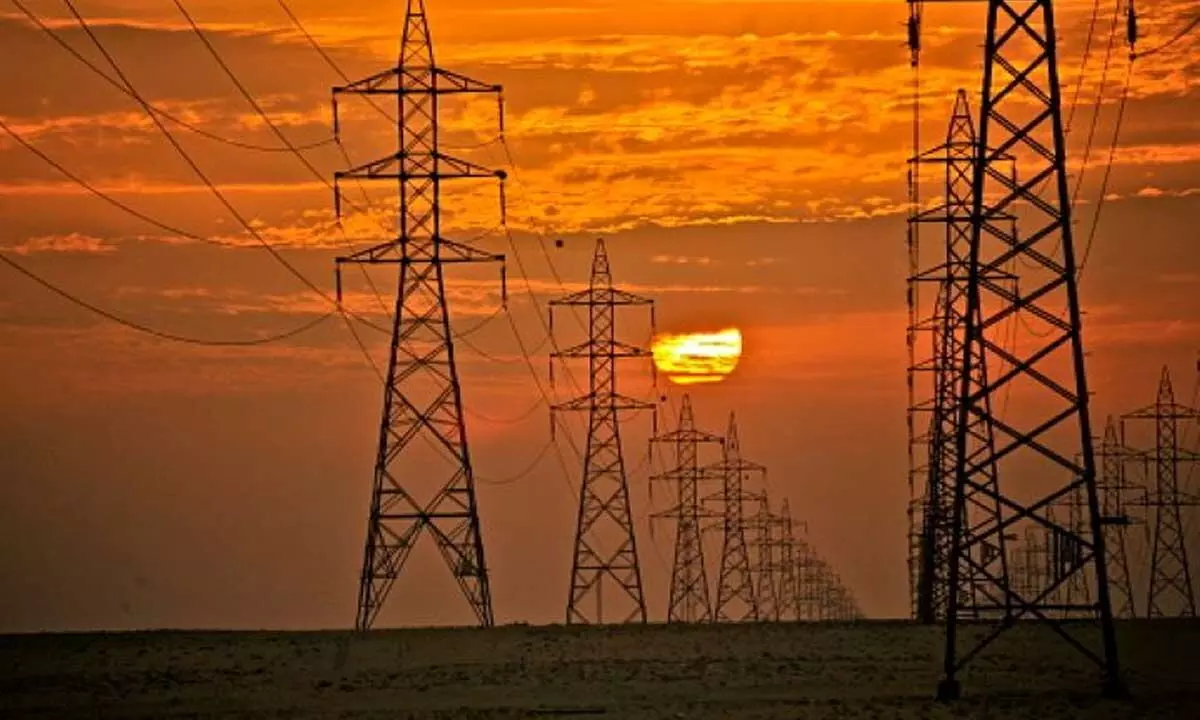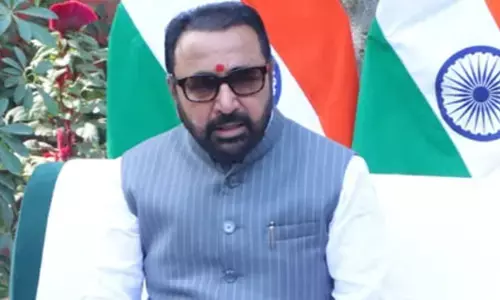What should India do to avoid future power crisis?

Representational Image
The short-term crisis may have been triggered by the unusual heat wave conditions, but the underlying ills of the power sector need to be dealt with as well
The country seems set for a long hot summer. April in northwest India touched heat levels last recorded over a century ago. Climate changes are making their presence felt in the sharp weather shifts as winter turned straight to summer this year without any moderating balmy spring. The result of the sudden heat wave has meant that power demand has risen sharply leading to shortages in many states with centre and states trading charges over the reasons. The blame game has involved state power distribution companies, coal suppliers and the railways. At the end of the day, it is the consumer who has lost out due to all the confusion over which agency is responsible for the power outages.
The shortfall in power during April is estimated at 1.88 billion units or 1.6 per cent of the total demand, making it the worst electricity shortage in over six years. A power crisis had occurred in October last year as well but it was overcome by increasing coal supplies to thermal plants. At the time, it had been argued by some experts that the situation had been created by the slowdown in production over the past few years by the public sector Coal India Limited which is the biggest domestic coal supplier. The short term cause for the shortages had then been identified as excessive rains in the mining areas that had led to reduced output.
This time the emergency has arisen due to multiple factors. One is the sudden increase in power demand owing to unusual rise in temperatures especially in northern parts of the country. It has been complicated by the fact that imported coal prices have risen due to disruption in supplies from Russia. Prices of coal globally have shot up from 60 dollars per tonne to as much as 203 dollars per tonne. Thermal plants dependent on imported coal have thus been finding it difficult to build up inventories and some even closed down temporarily. At the same time, the government had earlier advised coal-based thermal plants to opt for imported coal blending up to ten per cent of stocks. This was aimed at overcoming the shortfall in domestic coal availability but now imported coal is becoming expensive and thermal plants are reluctant use this option.
The other factor is one that has been an issue for decades - the lack of coordination between coal producers, thermal plants and railways while organising coal movement. Coal producers have complained about Railways failing to provide sufficient rakes for transport. Since most thermal plants are not pithead-based, this has often become a roadblock over the years.
As power demand rose sharply in March due to unseasonal rising temperatures, there was a need to build up coal stocks at thermal plants. The railways, however, conceded by the middle of the month that rakes availability had been exhausted and it would be difficult to step up movement. The situation improved in April, however, as Railways diverted rakes meant for other uses including wheat movement, towards transport of coal in order to avert the crisis. Passenger trains are now even being cancelled to provide enough capacity for coal movement. The daily movement of rakes for coal transport was 271 per day two years ago but is currently 400 per day.
Even as railway is doing its best to move coal all over the country, power cuts are affecting consumers in many states. These include Jammu and Kashmir, Rajasthan, Maharashtra, Bihar, Madhya Pradesh and Tamil Nadu. Delhi has also expressed concern over coal shortages that could impact power supply to the capital city.
While the issue of coal supplies is key in this imbroglio, another problem is non-payment of dues by power generation companies (gencos) to Coal India as well as by power distribution companies (discoms) to the gencos. Power generation companies owe about Rs. 12, 300 crore to CIL while gencos are owned over Rs 1.1 lakh crore by discoms. The issue of non-payment of dues is a long term one that has been made complex by states providing free power to some sections which has made it impossible for discoms to become viable entities.
These multifarious problems need a detailed review and holistic solutions will have to be found to them. The issue of profitability of discoms has been a contentious one and several schemes have been formulated to bring them out of the doldrums. Unfortunately, none has yet been able to provide a long term solution. The heart of the problem is the tendency of political leaders to offer free or highly subsidised power to their constituencies in States. Unless a more pragmatic approach is taken to power supply issues, it is unlikely that discoms can emerge out of the spiral of growing losses.
Another major issue that needs a fresh look is the relative share of coal-based thermal power in the overall energy mix of the country. Though coal-based plants account for as much as 70 per cent of the total power availability in the country, the share of others needs to be stepped up. Hydropower, for instance, has huge potential for expansion but has not been exploited to the extent possible. Gas-based plants also need to be increased, though here there is the troublesome issue of ensuring adequate supplies of natural gas. And finally, nuclear power is another area that needs to be given greater focus in a bid to reduce the reliance on coal-based energy.
In fact, the current power crisis is the right time to examine the medium and long term issues relating to energy availability in the country. The short term crisis may have been triggered by the unusual heat wave conditions, but the underlying ills of the power sector need to be dealt with as well. This is imperative otherwise the country will continue to deal with such crises repeatedly in the coming years.
Sushma Ramachandran















